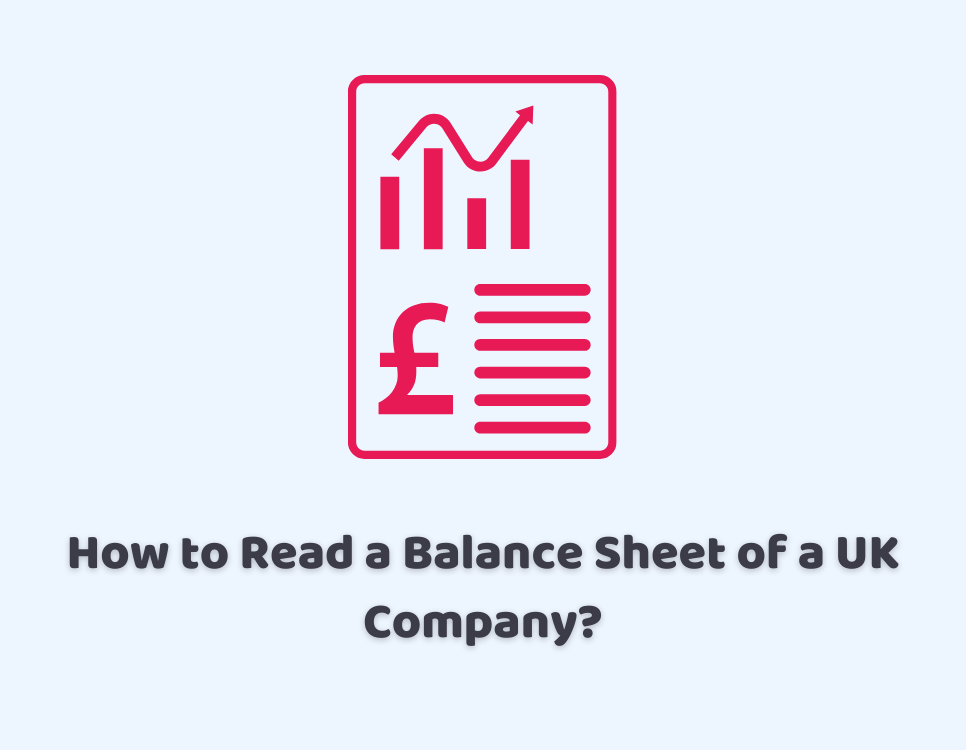16/08/2021Business , Limited Company , LLP
Whether you’re an investor, business owner or an individual based in the UK- who’s keen to learn about the company’s accounts – you need to know what is a balance sheet? How it will help you to operate your business efficiently? How you can work out the worth of your business through it? To get …
Read more

